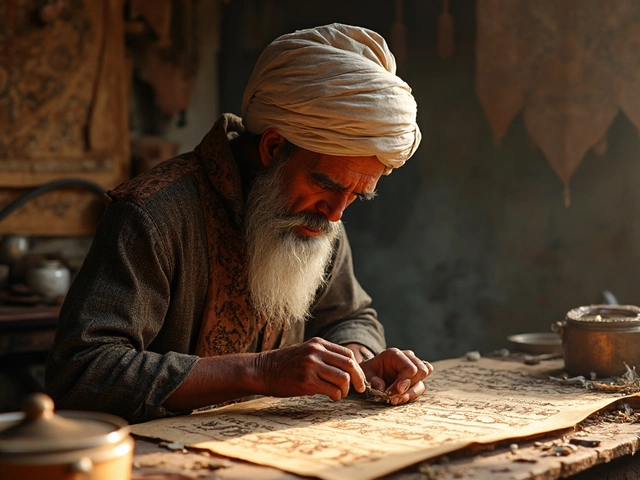Culture: Indian Jewelry, Traditions & Fashion Made Simple
Welcome to the Culture hub of RH Jewellers. Here you’ll find quick, practical guides that break down the stories behind gold, silver, fabrics and the symbols we wear every day. Whether you’re picking a nose pin for the first time or curious why black bangles matter, we’ve got short, to‑the‑point articles that help you understand and enjoy Indian heritage.
Jewelry Traditions
Indian jewelry isn’t just about sparkle – it’s a language of love, status and belief. The 875 mark on a gold piece means 21‑karat purity, a standard that keeps your investment safe. Our guide walks you through checking BIS hallmarks so you can shop with confidence.
Ever wondered why black beads appear in many mangalsutras? They’re believed to protect against negative energy and balance the wearer’s aura. We explain the myth, the meaning and the modern designs that keep the tradition fresh.
Black bangles have a story too. From royal courts to street style, they symbolize power, protection and sometimes rebellion. Learn how to pair them with everyday outfits without looking overdone.
Fashion & Fabric Secrets
Choosing the right fabric for India’s climate can be a game‑changer. Cotton and bamboo stay breathable in summer heat, while silk and Pashmina add luxe warmth for cooler evenings. Our quick tips show you which material fits each season and celebration.
When it comes to styling gold, color matters. Deep blues, emerald greens and classic whites make the metal pop, while bright reds can compete with it. We share five easy color combos that let your gold jewelry shine without needing a wardrobe overhaul.
Nose pins aren’t just a fashion statement; they carry cultural weight across regions. From Hindu traditions that celebrate femininity to modern trends that mix metals and stones, we break down which styles suit different face shapes and occasions.
All these pieces tie back to one idea – Indian culture is a living blend of past and present. Browse the articles below to find the perfect guide for your next purchase, DIY project or cultural curiosity. Happy exploring!
Why Sikhs Carry a Kirpan: Exploring Its Religious and Cultural Significance
The Kirpan is much more than a ceremonial dagger for Sikhs; it represents a deep religious commitment and cultural identity. Worn by initiated Sikhs, it's a symbol of justice and moral responsibility. This article delves into the historical origins, legal acceptance, and modern-day relevance of the Kirpan, offering insights into why it remains vital in Sikh life today. Discover both the spiritual and practical meanings behind the Kirpan.





